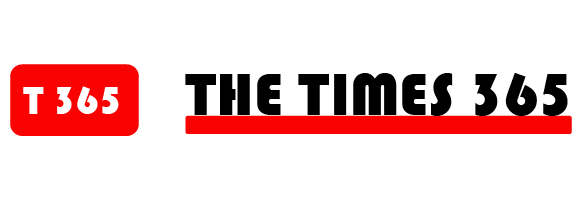I’m often invited to appear on financial news segments and comment in publications about the outlook for various stocks. For example, several years ago, I was asked to appear on CNBC’s Talking Numbers segment to discuss a well-known telecom stock.
I said I liked the stock – which was true.
But even though I liked its outlook at the time, I didn’t recommend it to my subscribers in The Oxford Income Letter.
I’ll tell you why in a moment, but first, let me take you behind the scenes of TV land.
I’m Ready for My Close-Up
When a producer calls and asks you to be on a show to give your thoughts on a stock, they want strong opinions. The producer doesn’t want you hedging your position. A wishy-washy answer doesn’t make for good television.
If you don’t give them what they want, they will find someone else. After all, there are lots of people who would love the opportunity to talk to hundreds of thousands of viewers at once.
I won’t go on TV and say something about a stock unless I believe it. I’ve told producers in the past, “I don’t have a strong opinion on this one.” If they’re looking for a bull and I’m a bear, I’ll admit to them, “Sorry, I don’t like it.”
I know that people will act on what I say. No one should buy a stock because they hear someone talking about it for 90 seconds on TV, but people do. I learned that years ago, before I joined The Oxford Club – back when my then-boss refused to take responsibility for any of his market calls.
I was the one reading the emails that people sent him to tell him how much money they lost on his advice.
He didn’t want to hear it or believe it. But I knew these were real people investing real money based on what he said. I’ve never forgotten those emails.
After I appear on TV, I get calls from friends and family asking if they should buy the stock.
So why did I tell CNBC viewers that I liked this telecom stock and then not recommend it to my subscribers?
Increase Your Buying Power
It has to do with my specific strategy for investing in the best dividend stocks. It’s called the 10-11-12 System, and it is designed to achieve 11% yields and/or 12% average annual total returns within 10 years.
The entire goal of the model portfolios in The Oxford Income Letter is to generate solid income today – and even more tomorrow. Typically, the stocks of companies that raise their dividends go higher and outperform the market.
The secret sauce is dividend growth.
The companies that I recommend in The Oxford Income Letter‘s portfolios have long histories of raising their dividends every year – usually by a meaningful amount, such as 10% or more.
Think about what that does for an investor.
If inflation sits at 2.4% per year, what costs $1,000 today will cost $1,126 in five years and $1,268 in 10. If inflation returns to the historical average rate of 3.4% per year, $1,000 worth of goods will cost $1,182 in five years and $1,397 in 10.
That means the 10% dividend raiser easily beats inflation. It actually increases your buying power, improving your quality of life and ability to save.
An investor who receives $1,000 in dividends today and whose dividend payout increases 10% per year receives $1,610 in five years and $2,594 in 10.
The stock that I mentioned on CNBC was and is a great company – a leading telecommunications company with growing margins and earnings.
It had paid a dividend every year for decades and consistently raised it. But it didn’t have impressive dividend growth, so it was not likely to help income investors get where they want to go.
However, a stock that has a similar starting yield to that company’s but grows its dividend by 10% per year will yield 9.9% in 10 years.
A $10,000 investment in even a 4% dividend grower will generate only $597 in income in 10 years, while the same investment in a stock with 10% dividend growth will spin off $990. That’s a big difference.
Best Buy (NYSE: BBY) is a great example of the kind of dividend-growing stock I’m talking about. The company has raised its dividend by an average of 11% per year over the past five years.
While Best Buy’s 4.2% yield today may not knock your socks off, if the company maintains an 11% dividend growth rate, its yield will be much more attractive a few years from now.
Here’s the bottom line: Buy stocks with sizable and safe yields if you’re most focused on short-term income. But if you’re looking for a way to ensure your investments generate a significant amount of income in the future, be sure to stick with dividend growers that raise their dividends by meaningful amounts.






